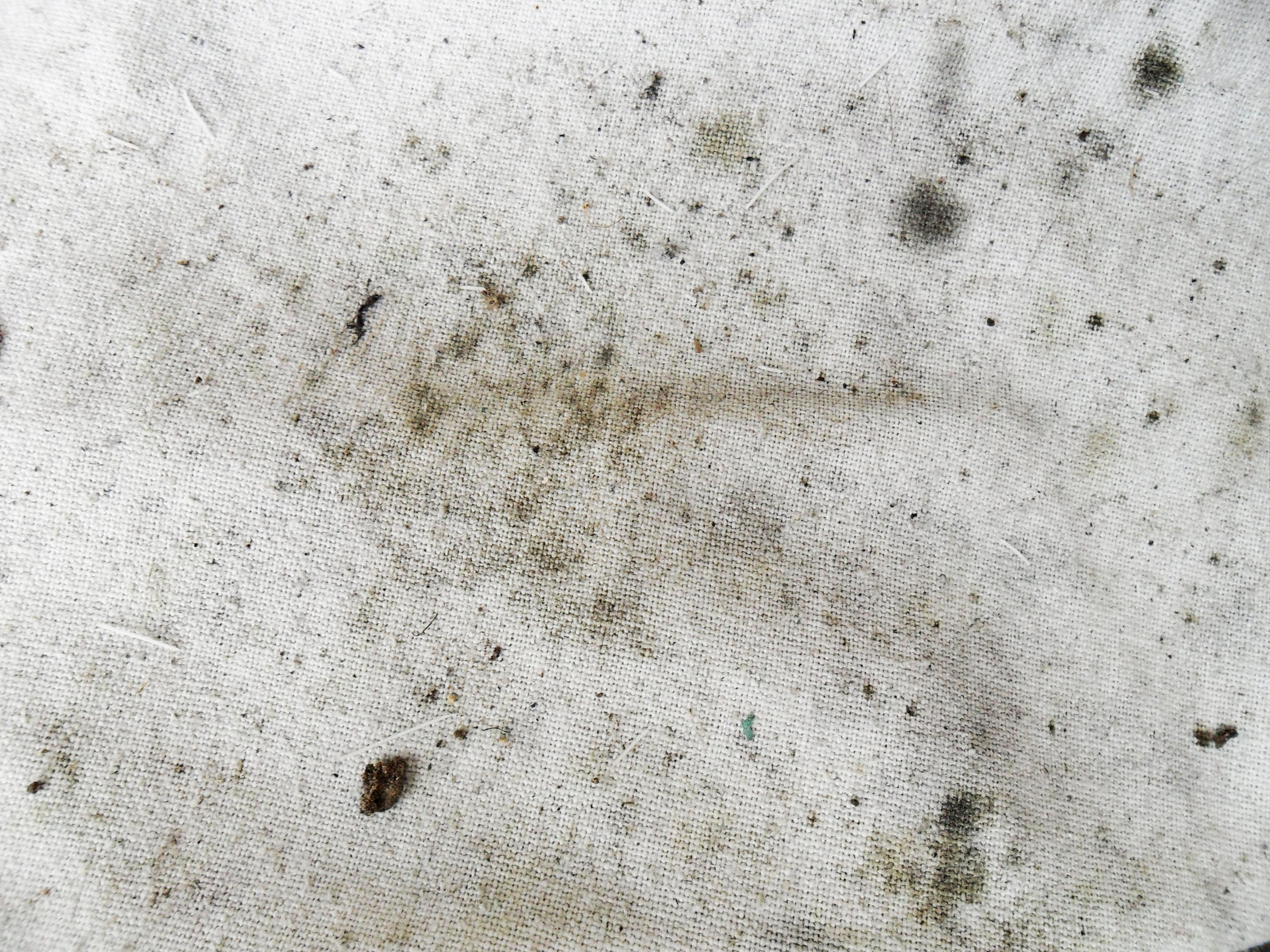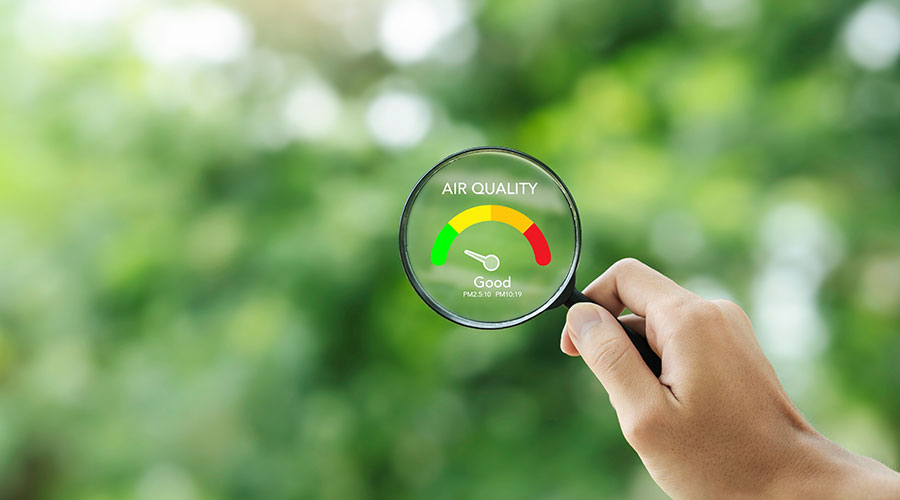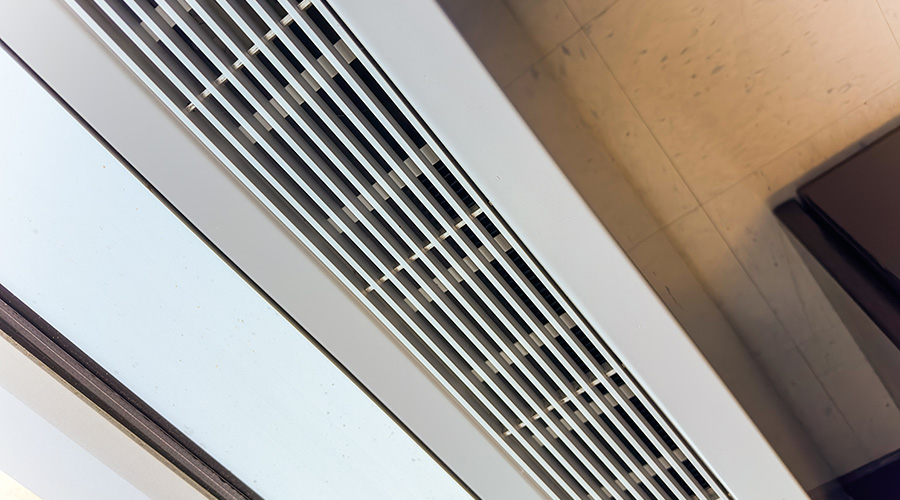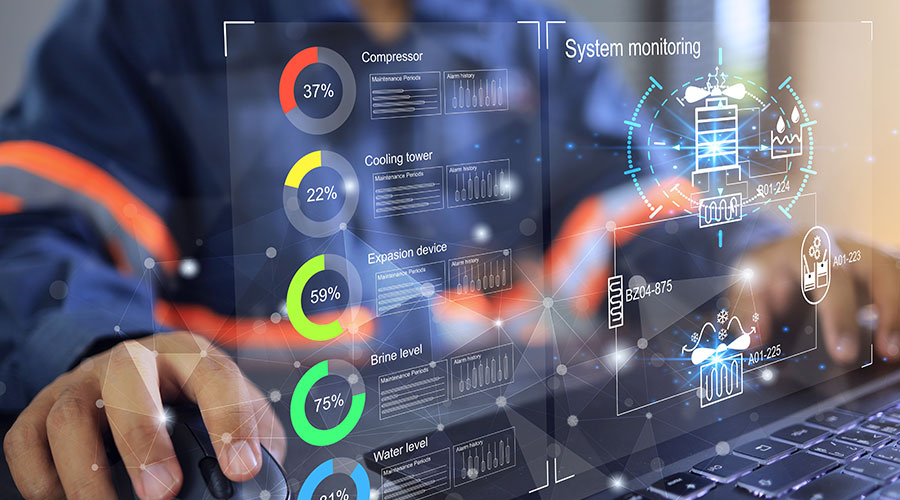Radar Technology: A New Tool in Mold Detection
Knowing where mold hides — and where it doesn’t — can help organizations significantly reduce their remediation costs. As a result, maintenance managers are constantly looking for more accurate, faster and less expensive methods to detect mold and moisture behind walls.
Advances in radar technology might make today’s mold-detection devices obsolete, according to a report released by the Air-Conditioning and Refrigeration Technology Institute (ARTI).
During a feasibility study, researchers at Georgia Tech Research Institute (GTRI) in Atlanta soaked gypsum wallboard with water infused with mold spores to encourage mold growth. They then allowed the spores to germinate in a humid environment. Using a radar system, researchers scanned the wall and found the technology accurately pinpointed areas of moisture behind wallboard.
Radar has a great deal of potential to becoming the next major step in mold-detection technology.
“We were very successful in finding moisture,” says Victor DeJesus, a GTRI research scientist.
Radar vs. Infrared
With several manufacturers offering infrared devices that help users detect moisture in hidden areas, managers might ask how radar technology is different.
“Infrared technology is good for several applications, but one of its biggest drawbacks is that the existence of temperature gradient is what creates an infrared picture,” DeJesus says. While micro-environments often produce temperature differentials, it needs to be clear for infrared devices to detect it.
Rather than relying on temperature gradients, radar instruments use a combination of microwave technology and the mathematical treatment of data to create maps that identify mold or moisture.
“Also, the image resolution from an infrared camera is often not as good as the resolution from a radar instrument can be with the proper mathematical treatment of the data,” DeJesus says. “That is the biggest different between a radar and infrared image.”
For example, if a technician scans a 12-inch-square wall area with a radar device, the results will clearly show where the de-vice does — and where it doesn’t — detect mold or moisture. But when using some infrared
cameras to scan the same area, the image might be fuzzier, DeJesus says.
One additional benefit of radar technology is that it is relatively inexpensive, compared to infrared cameras.
While research indicates that radar technology can provide an image showing mold growth on the back of wallboard, more research is needed to develop the technology so it can distinguish mold growth from moisture alone.
“We were having a problem differentiating between a thin layer of mold growth and water,” DeJesus says, adding that further development of the technology’s mathematical capabilities might solve the problem.
Related Topics:












